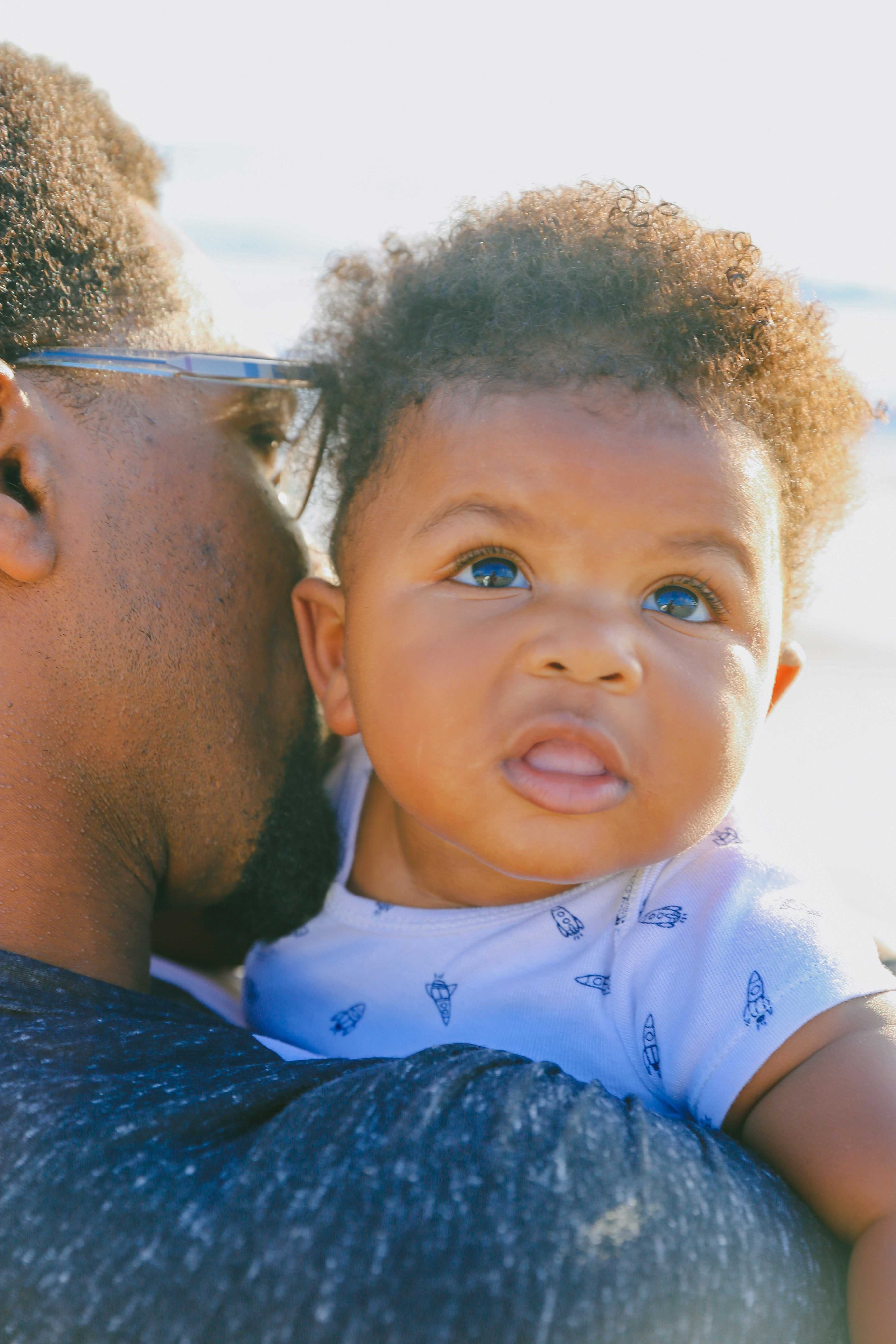What Is Felt-Safety—and Why It Matters for Your Child
Haumarutanga tinana, hinengaro, wairua – Safety of body, mind, and spirit
As parents, caregivers, or educators, we all want our tamariki to be safe. But there’s a deeper layer to safety that often goes unnoticed—felt-safety. As leading educator Robyn Gobbel says: Felt-safety is not just about being safe, it's about feeling safe. This means that even when a child is physically safe and their basic needs are met, they still might not feel that inner sense of safety.
Understanding and nurturing this internal sense of safety is key to helping children thrive. Let’s explore what felt-safety really means, why it matters, and how you can support it in your child's daily life.

What Is Felt-Safety?
Felt-safety is a subjective experience of safety. It’s not just the absence of danger or harm—it’s the internal sense, deep within a child’s nervous system, that says: I am safe right now.
This means that even if a child is technically safe, they might not feel safe. And that feeling makes all the difference.
This sense is preconscious. That means that a child isn't consciously thinking or analysing about whether they are safe. Rather, their nervous system is gathering cues from inside their body, outside or around them from the environment they are in, and between their nervous system and the nervous systems of others around them.
Each tamaiti is different. One child might feel secure and excited in a bustling, noisy room full of people. Another might feel overwhelmed or anxious in the same environment and only truly relax in quiet, predictable spaces.
Felt-safety isn’t about overprotecting or sheltering—it’s about being attuned to your child’s unique needs. It’s listening to what their behaviour, emotions, and nervous system are telling you, and responding in ways that help them feel more grounded and secure.
Why Does Felt-Safety Matter?
When a child experiences felt-safety, everything changes—from how they behave to how their brain works.
1. Learning and Connection Become Possible
Our brains are wired for survival. If a child doesn’t feel safe, their brain shifts into protection mode. In this state, learning, curiosity, and connection take a backseat to self-protection.
But when they do feel safe? Their brain shifts into connection mode. They're open, ready to engage and explore the world around them.
2. Emotional Regulation Gets Easier
Felt safety lays the foundation for emotional regulation. When we start to notice our own nervous system state as adults, we are better able to offer connection as children learn to manage their big emotions. Over time, they learn that feelings come and go, and they can ride those waves. We are their safe harbour, so when they scan for those cues from inside, outside, and between, they find something solid and reliable through us. Whānau can then support their tamariki to discern what they feel, and "name it to tame it" (as Dan Siegel says!), first offering our connection so they learn to feel, express, and take care of their feelings in a healthy way.
3. They’re Free to Play, Grow, and Be Themselves
Play is a child’s natural way of learning and processing the world—but it only happens when they feel safe. With felt-safety in place, children are more likely to take healthy risks, try new things, and grow into who they’re meant to be.

Tuning In to Your Child’s Felt-Safety
Supporting felt-safety doesn’t mean eliminating every challenge. It means creating environments and relationships where children know: I am safe. I am seen. I am supported.
Here are a few practical examples of how to support a dysregulated child who is overwhelmed, melting down, or struggling to cope emotionally:
1. Get Low and Connect Through Presence
Try: Kneeling down, tipping your head to the side (this is actually proven to be less threatening!), and simply offering a sigh or a 'mmm' (this is called a 'vocal burst').
This shows your tamaiti you are calm and present. Your body language can signal safety even if they can't process your words in that moment.
2. Use Simple, Consistent Language
Try: "You are safe. I'm here."
or "You weren't expecting that."
or "You really wanted ___. I get it."
or Take a best guess at 'name it to tame it' and try "You feel _____(cross/sad/mad/disappointed). That makes sense."
Young children need co-regulation before they can self-regulate. Calm, consistent language helps soothe their nervous system.
3. Offer a Safe Space to Retreat
Try: “Let’s go to a quiet corner with your soft blanket / toy.”
A cozy, predictable space can help a dysregulated child begin to feel safe again. It’s not a punishment—it’s a reset.
4. Meet Sensory Needs Gently
Try: Offering tools like a weighted stuffed animal, sensory toy, soft music or sensory nourishment from human contact.
Offering "I'm here for a cuddle" and giving some deep pressure squeezes or rocking gently, placing a weighted stuffed animal or a chewy/crunchy snack nearby for them to reach for as needed can be helpful. Some children might respond to singing, humming, or music, also.
Many young children are dysregulated because of unmet sensory needs. Meeting those needs helps bring their body back to balance. And don't forget, you are sensory input for your child, too!
5. After the Storm, Reflect Softly
Try: “That was really hard, wasn’t it? You’re safe. It was so helpful to _______.”
This builds connection and trust. Over time, it teaches your child that no feeling is too big to handle together. It also. highlights what you can try next time, building positive new templates and memories for chiuldren to draw from when navigating big feelings.

Final Thoughts
Felt-safety is the cornerstone of a child’s emotional and developmental well-being. It’s not something we can force—but it is something we can cultivate with intention, empathy, and care. It is subjective and unique to each individual.
The nervous system is constantly searching for an answer to the question "Am I safe?". It listens for cues from inside our body, outside us / from the world around us (like the classroom, the playground or any space we are in), and from between our nervous system and the nervous system of another.
When we understand that our system and their system is 'listening' for these cues, and using these (along with previous memories) as a foundation for responding, it gives us a deeper lens to understand big feelings and 'big behaviour'.
When we tune in to our own nervous system state as parents, kaiako and caregivers, we have a better chance of offering cues of safety and connection to our children.
When we consider sensory input from the environments our tamariki are in as bringing 'cues of safety' and 'cues of danger', we increase the possibility of nurturing their nervous systems and increasing felt-safety.
When we tune into the internal experience of our tamariki and respond with understanding - especially in moments of dysregulation - we're not just helping them feel safe in the moment; we're building a foundation of trust, resilience, and connection that will support them for a lifetime.
If you’re working with or parenting a sensitive or neurodivergent child, felt-safety becomes even more crucial. The goal isn’t to make the world perfect—but to become a safe, consistent anchor in your child’s ever-changing world.

